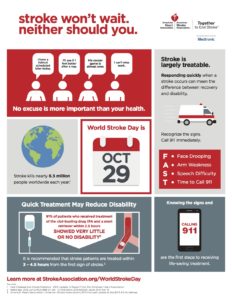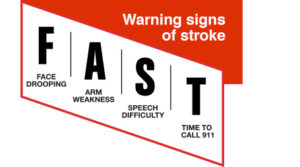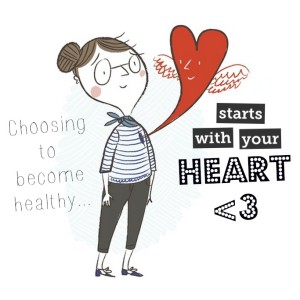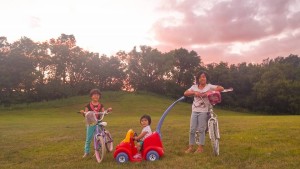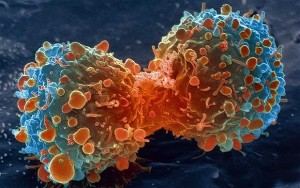
AMA Radio Talk Show – Korean
Date recorded: 2/22/2012 Wed 5:00 pm
Host: Sungho Park
Guest: InSook Jung, ChunYoung Park, KyungSoon Shin, JungHae Oh, MoonSup Kang
————————————————————————————————————————-
Sungho (SH): Introduced self, REACH program, and Asia Media Access
InSook (IS): Introduced self – She has lived in Minnesota for 36 years and been retired.
ChunYoung (CY): Introduced self – He immigrated to Minnesota in 1936.
KyungSoon (KS): Introduced self – She has lived in Minnesota for 30 years.
JungHae (JH): Introduced self – She has lived in Minnesota for 30 years. She is a restaurant owner in downtown in Minneapolis.
MoonSup (MS): Introduced self – He has lived in the U.S for 36 years and been retired.
SH: Introduced today three questions – 1. What are the three most important factors for a healthy Korean community in Minnesota? 2. What are the three most important health issues in a Korean community in Minnesota? 3. What are the three most risky behaviors against a healthy Korean community in Minnesota?
SH: What are the three most important factors for a healthy Korean community in Minnesota?
IS: Strong family relationship, healthy life style, and religious or spiritual values are the three most important factors. Strong family relationship can improve our community in many ways like low crime rate, child education, safe neighborhoods, etc. Keeping healthy life style will be helpful for our community to become healthy. Religious values are the most important one.
SH: I agree with that strong family relationship is one of the three most important factors. When one’s home is happy, all goes well.
CY: Overall atmosphere in Minnesota is very active. Because of cold weather, Caucasian is majority in the population. There are many professional jobs in Minnesota. Many Koreans in Minnesota have professional jobs. Also, high education standard is one of characteristics of Minnesota. A good educational environment is the most important factor, too.
KS: I agree with Mrs. Jung’s opinion. Strong family relationship is important. Religious belief supports for our healthy life. Korean church is supporting immigrants to be adapted to the U.S. Healthy life style will be built in a way volunteering to community and caring other neighborhoods by a religious belief.
MS: The most important thing is to understand a culture of America and social system. Since there are many difference between the cultures in Korea and America, understanding them will be very helpful for us to be adapted in the U.S. Also, solving language problem will help since it is much effective way to understand the America culture by learning the language.
SH: We can think religious belief, strong family relationship, and understanding America culture are the three most important factors for a healthy Korean community in Minnesota.
SH: Are you satisfied with the health care system in Korean community?
SH: Student insurance does not cover many common health problems like dental problems.
JH: Costs of a private health insurance are high. Some of Koreans are still working to pay their health insurance. We have a private health insurance before 65 years. We need to have a solution for this.
BREAK
SH: Welcome back to our discussion. We start at the second question. What are the three most health issues in a Korean community in Minnesota?
MS: Many Koreans usually do not exercise. This life style will cause high blood pressure and cardiac disorders.
SH: I think regular exercise is very important. When I regularly exercised, I felt less fatigue.
CY: Because of cold weather in Minnesota, there are many winner sport events. However, many Koreans do not participate.
IS: There are many fitness centers in Minnesota. Our environmental conditions for exercise are good. Therefore, their will of exercise is important.
SH: The health issue that is the most important in the Korean community was health problem caused by lack of exercise.
SH: What detail efforts do you think that can improve community health?
IS: We can make an exercise group or regular meeting. Every one encourages each other. Also, if there is someone who can lead the exercise group or meeting, it will be better.
SH: I heard annually there is a Korea shorts event in Minnesota. It is a great way to encourage people to exercise.
MS: However, only few people participate in the event. Many people do not participate. This is a problem. Although we make many sports events, only few people will participate. We need more participation. I think generally Koreans do not tend to participate in public events. To encourage people to participate, we need to make our events more interesting and well-prepared.
SH: We can think health problems associated with lack of exercise. As a solution, we can organize exercise group or make regular meetings for exercise. To encourage people to participate in the events, the agency needs to make well-prepared and interesting sports events.
BREAK
SH: We are back. Welcome back to our discussion. What are the three most risky behaviors against a healthy Korean community in Minnesota?
JH: Bad eating habits and lack of exercise are the most risky behaviors against a healthy Korean community in Minnesota. In my case, sometime I skip meals and overeat at late night since I am very busy on my business. I know exercise is important and I need to exercise, but it is difficult to afford my time for exercise. I think if we work together like in a group and encourage each other, it help improve our health.
KS: I think exercising together is a good idea. After exercising, I feel less fatigue. Our family try to eat healthy foods like fruits and vegetables.
SH: I agree with that these two behaviors are the most risky behaviors against a healthy Korean community in Minnesota. I want to add another factor. Smoking might be one of the most risky behaviors. Surprisingly many students are smoking while few seniors and middle-aged males are smoking. It is a problem since the students will be following generation in the Korean community. What efforts do we think that can reduce the smoking population?
JH: Smoking is addiction. Their will of quitting smoking is more important than social regulations. Despite of very cold weather, many heavy smokers smoke outside since they cannot smoke inside a building.
SH: I think so. In my school, there are many programs for quitting smoking. However, very few smokers participate.
IS: Also, there are some gamble problems. I was some of cases. Some people have gambling debts and some of them are in bankruptcy.
SH: How do we prevent and solve these problems? Can you educate them?
IS: We already have the program for quitting smoking and gamble problems, but they do not participate in those programs.
MS: We really need their participation. Moreover, we need to get their interest.
IS: Currently, there is no specialist for these matters. If there are enough specialists who can make more effective program, it will be really helpful. We need them.
SH: Okay, that sounds like the biggest reason is their will. Bad eating habit, lack of exercise, smoking, and gamble problems are caused by lack of their will. Also, as the solution and prevention, we think making programs for these problems with specialists in those fields.
SH: We discussed today all questions and could see that religious belief, strong family life, and understanding America culture are the three most important factors for a healthy Korean community in Minnesota. Also, the most important health issue in the community was health problems associated with lack of exercise. As a solution, we can organize exercise group or make regular meetings for exercise. To encourage people to participate in the events, the agency needs to make well-prepared and interesting sports events. From the third question, we could know bad eating habit, lack of exercise, smoking, and gamble problems can be considered as the most risky behaviors against the healthy community. Also, as the solution and prevention, we think making programs for these problems with specialists in those fields.
SH: It was great time to discuss about our current life condition. Thank you for your participation today, again.
Guests: Thank you!



